The state of surveillance, intimate music celebrations, Helen Keller’s socialist ethos, refugee tales, examining the scars of abuse in the Catholic Church, and living a life solely through cinema—just a few of the subjects and stories this year’s documentaries brought us. With 2021 wrapping up, we’ve selected 16 features in the field that left us most impressed. If you’re looking for where to stream them, check out our handy guide here.
All Light, Everywhere (Theo Anthony)
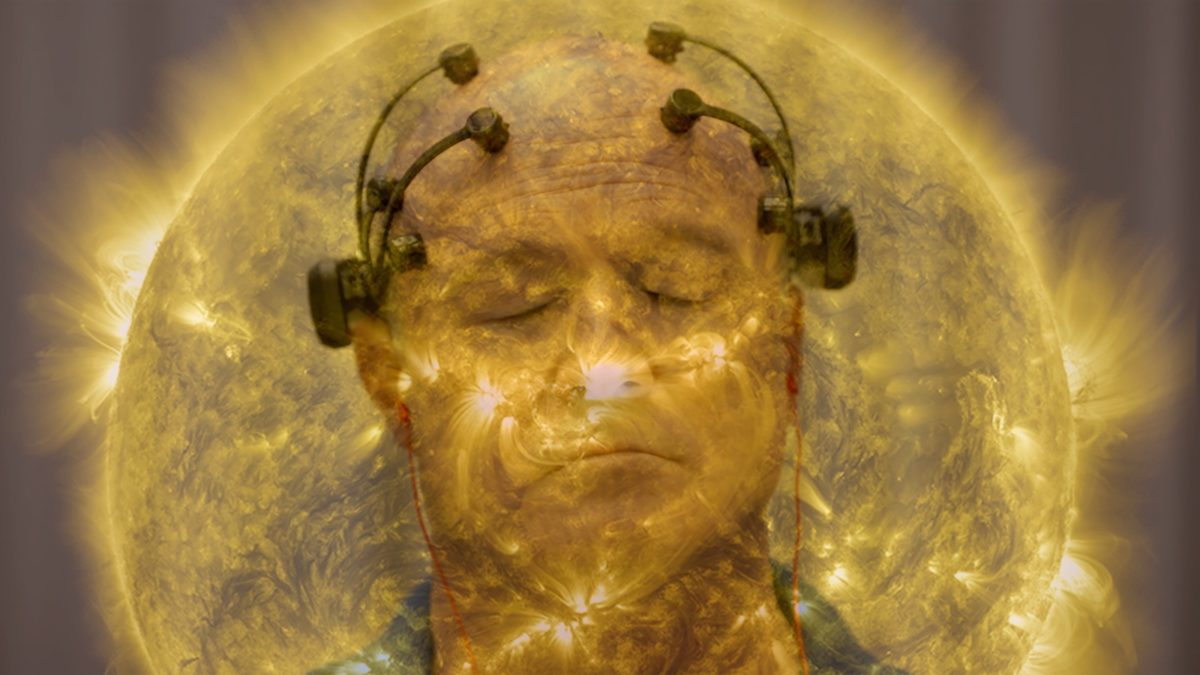
Seemingly birthed from some kind of virtuosic computer algorithm or beamed directly from outer space, Theo Anthony’s debut feature Rat Film was a peculiarly engaging, wholly fascinating documentary. Using the population of rats to chart the history of classism and systemic racism throughout Baltimore over decades, it heralded an original new voice in nonfiction filmmaking. When it comes to his follow-up All Light, Everywhere, Anthony casts a wider focus while still retaining the same unique vision as he explores how technological breakthroughs (and pitfalls) in filmmaking have reverberated throughout history to both embolden and trick our perceptions of perspective. To thread these strands and see its modern-day effects, the majority of the film looks at the engineering behind police body cameras, and the extensive use of those devices and other surveillance equipment to support officers in cases where evidence might otherwise come down to only verbal testimonies. – Jordan R. (full review)
Attica (Stanley Nelson and Traci Curry)

There’s a moment towards the end of Stanley Nelson and Traci Curry’s documentary Attica where a white state trooper is seen putting his fist in the air while screaming, “That’s White Power!” The other men around him smile and cheer because they’ve scored a victory for white men in blue. They’ve just taken back the maximum-security Attica Correctional Facility after a five-day stand-off where about 1,200 inmates rebelled and took 42 staff members hostage to negotiate prison reform. And they did it, in their own words, with “White Power.” How is “White Power” defined? Well, as the footage and first-hand accounts reveal, it means knowingly picking off unarmed Black and Brown men with high-powered artillery after saying they wouldn’t be hurt. “White Power” is white supremacy. And cowardice. – Jared M. (full review)
The Beatles: Get Back (Peter Jackson)

Let’s not ignore the key flaws: the digital grading can run far more egregious than Smooth Ringo, at times flattening these historic images to resemble 480p YouTube content; whether it be victim of available material or poor contemporary instinct, some editing (especially in part one) tries to keep our attention when we’re really here for the minutiae; and even to this Beatles freak it’s a mite too long. And yet. You realize, no, you’ve really never seen Lennon and McCartney talking one-on-one, in private, about basic tasks of running their band, and while you saw that one piece of incredible footage in Michael Lindsay-Hogg’s Let It Be, that was 11 years ago on Google Video. (Let’s not even get into now-clear implications the 1970 film is something of a hit piece.) In full view of its seven-and-a-half hours, Peter Jackson’s documentary is nearly impossible to discount: it seeks a vision of genius at work and finds it in the struggle of friends about to come apart. – Nick N.
Her Socialist Smile (John Gianvito)
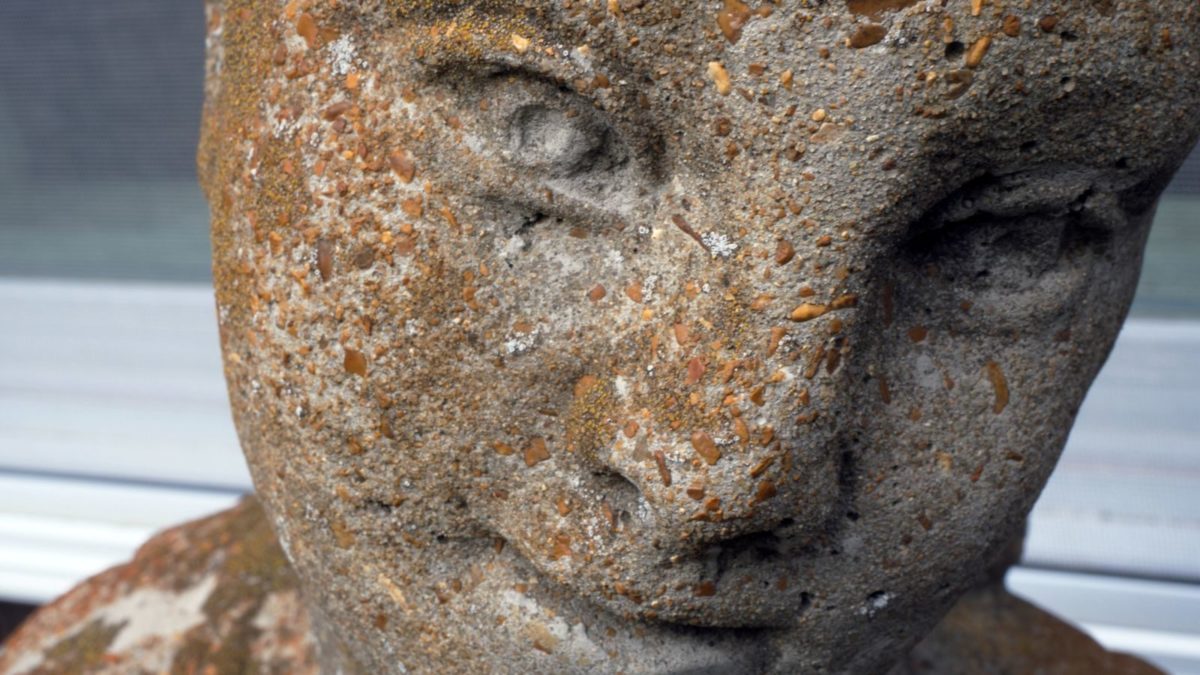
You may have known that Helen Keller was a comrade, a life-long socialist and member of the Industrial Workers of the World; in Her Socialist Smile, John Gianvito assembles Keller’s political addresses and writings into a portrait of a warrior for social justice and a passionate, insightful proselytizer of Marxist thought. She instigated a Braille translation of Bakunin and advocated for a general strike during the first Red Scare. Now, in a time of national self-criticism, when seemingly no American monument is safe from revisionism, Helen Keller emerges from Her Socialist Smile to appear even more inspiring, relevant, and righteous than in the official narrative—appears, perhaps, the only truly based person they teach you about in elementary school. – Mark A. (full review)
Faya Dayi (Jessica Beshir)

“Look how far God has brought us. We can only go where God guides us to. We are exactly where God wants us to be.” These are the first words spoken in Jessica Beshir’s ruminative and ravishing feature debut Faya Dayi, and it establishes a conversational dialogue with a higher realm that carries through the rest of this graceful, ethereal journey through Ethiopia. Specifically exploring the trade of the khat leaf––a hallucinatory plant used by Sufi Muslims for religious meditation but has now become Ethiopia’s most lucrative cash crop––Beshir deeply immerses the viewer into daily work, spiritual ponderings, and questions of life’s purpose. At times recalling Apichatpong Weerasethakul’s striking black-and-white debut Mysterious Object at Noon and the vivid chiaroscuro work of Pedro Costa, Faya Dayi shares a similar approach to mixing documentary and narrative elements to form a transportive ethnographic survey. – Jordan R. (full review)
Film About a Father Who (Lynne Sachs)
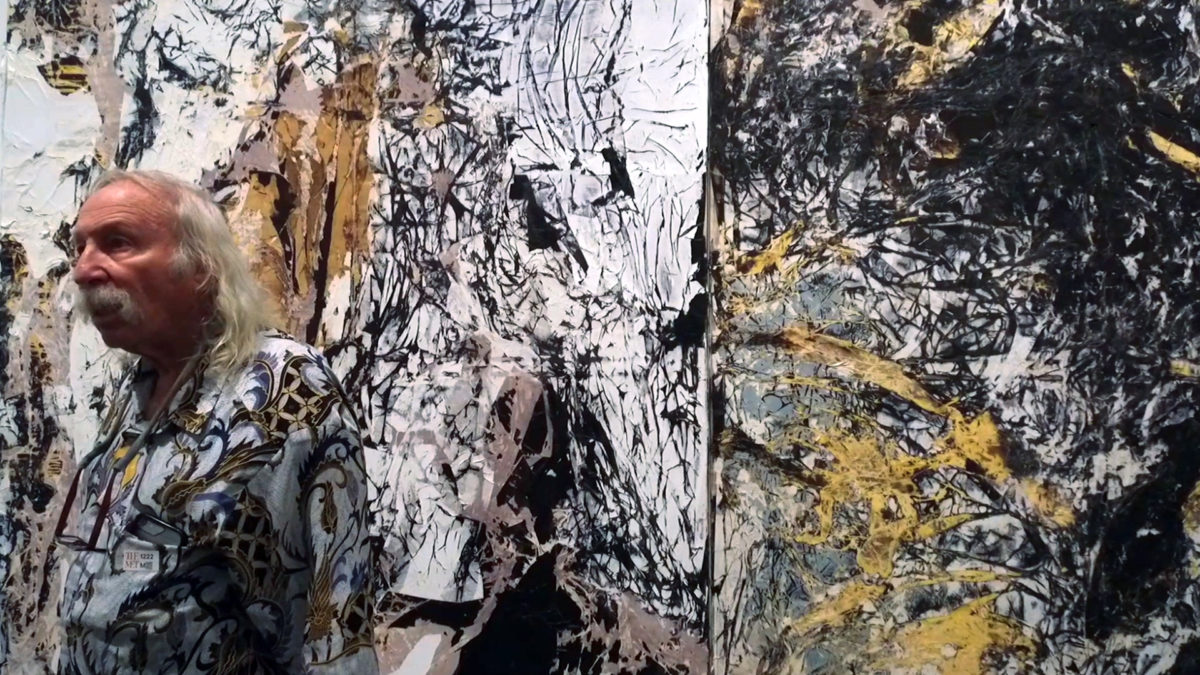
While director Lynne Sachs admits her latest documentary Film About a Father Who could be superficially construed as a portrait (the title alludes to and the content revolves around her father Ira), she labels it a reckoning instead. With thirty-five years of footage shot across varied formats and devices to cull through and piece together, the result becomes less about providing a clear picture of who this man is and more about understanding the cost of his actions. Whether it began that way or not, however, it surely didn’t take long to realize how deep a drop the rabbit hole of his life would prove. Sachs jumped in to discover truths surrounding her childhood only to fall through numerous false bottoms that revealed truths she couldn’t even imagine. – Jared M. (full review)
Flee (Jonas Poher Rasmussen)
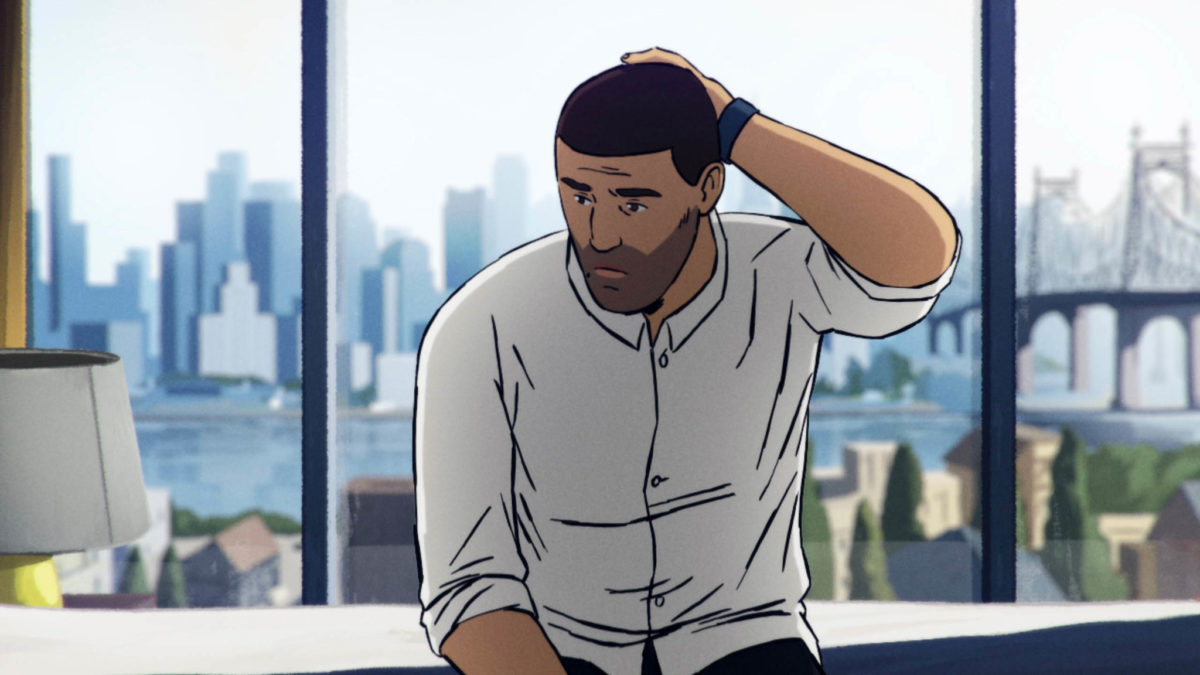
There have, of course, been a great many animated films about deeply serious subjects, many in recent years—Persepolis to Anomalisa to Waltz With Bashir. Jonas Poher Rasmussen’s Flee can now comfortably fit on this shelf of profoundly affecting films. Indeed, this 2021 Sundance Film Festival premiere ranks as one of the most uniquely memorable animated films of the last decade. It is remarkably successful as a study of the refugee experience, as a coming-of-age drama set against a backdrop of fear and danger, and as a tribute to one individual’s ability to survive and even flourish. – Chris S. (full review)
Just Don’t Think I’ll Scream (Frank Beauvais)
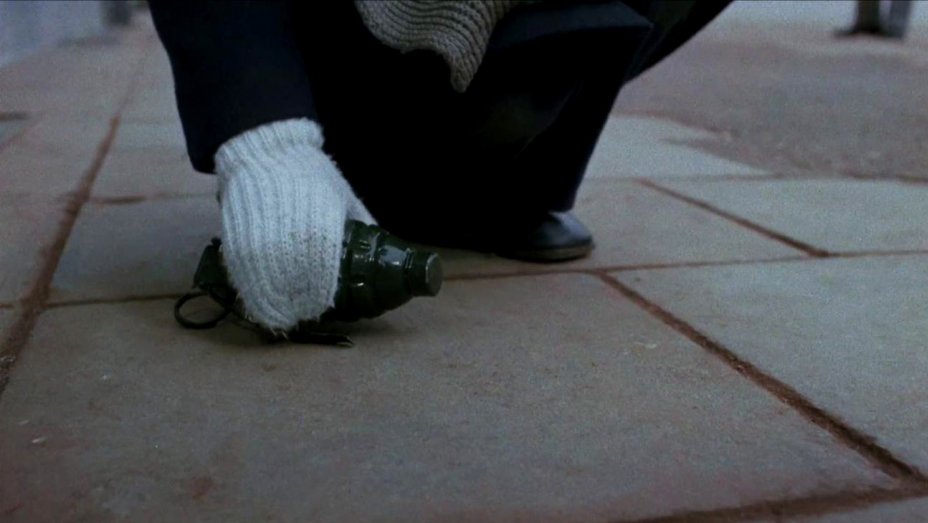
After watching over 400 films in the span of just four months, director Frank Beauvais reflects on his life and what led to this cinematic hibernation in Just Don’t Think I’ll Scream, an impressive, rapidly edited, deeply personal cinematic essay. Created solely from clips of the films he watched, it’s far from the kind of video essays that dominate YouTube, rather selecting the briefest of moments, and usually the least-recognizable of shots, to craft self-exploration of a reflective, questioning mind. – Jordan R.
No Ordinary Man (Aisling Chin-Yee and Chase Joynt)
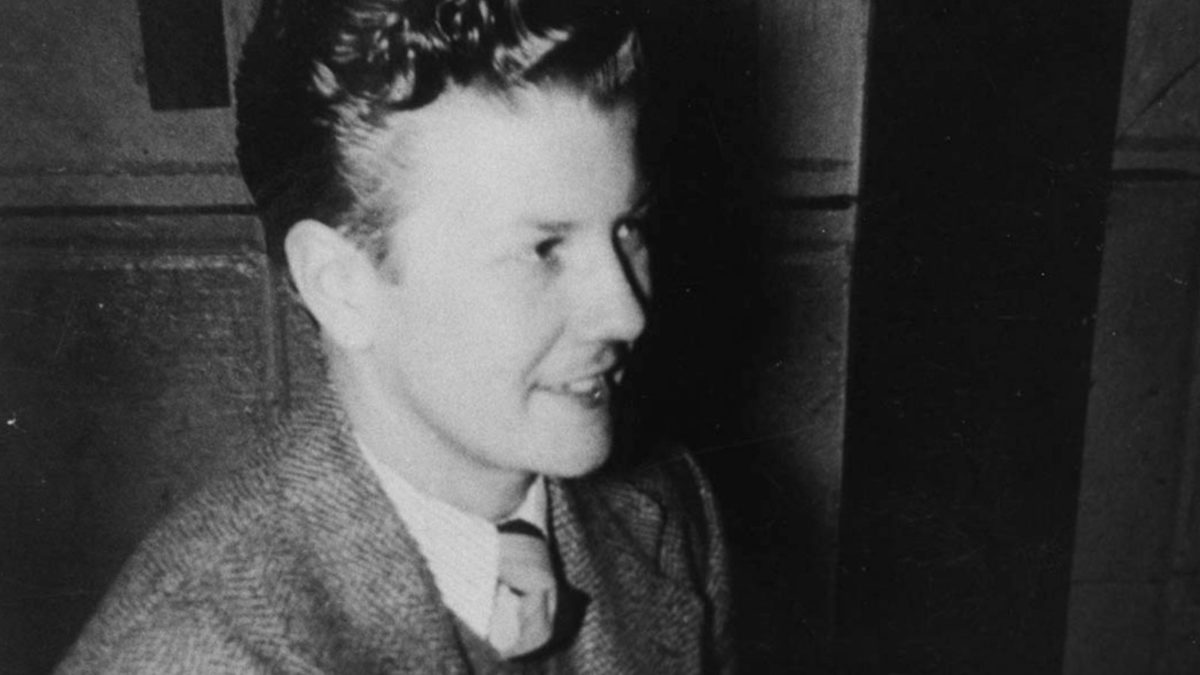
In 1998, Dianne Middlebrook published Suits Me: The Double Life of Billy Tipton, and the narrative around Billy Tipton’s life was warped. The truth was that Tipton, a successful jazz musician who lived from 1914 to 1989, was a transgender man who lived most of his life pretending to be a cisgender man. When he died, medical examinations revealed that Tipton had been assigned female at birth, which was news to Tipton’s ex-partner Kitty Kelly and their three adopted children. A media circus ensued that presented Tipton as a woman who posed as a man to get ahead in a sexist music industry. Middlebrook’s biography perpetuated that false narrative. – Orla S. (full review)
Procession (Robert Greene)

It begins with a press conference wherein Michael Sandridge, Tom Viviano, and Mike Foreman—all survivors of abuse—discuss how the Catholic Church in Kansas allowed priests to groom and assault them. It’s an obviously tense scene, in large part because of how the Church has engaged in a coordinated cover-up spanning decades, moving pedophiles around to deflect and confuse while simultaneously expanding the number of their victims. Foreman is justifiably enraged as he incredulously scoffs at the fact that the establishment has propped itself upon the salvation of statutes of limitations rather than the empathetic, Christian principles dictated via confession. Those in power would rather hide and lie than admit their complicity while sanctimoniously asking us to believe they’re God’s chosen few. – Jared M. (full review)
Sabaya (Hogir Hirori)
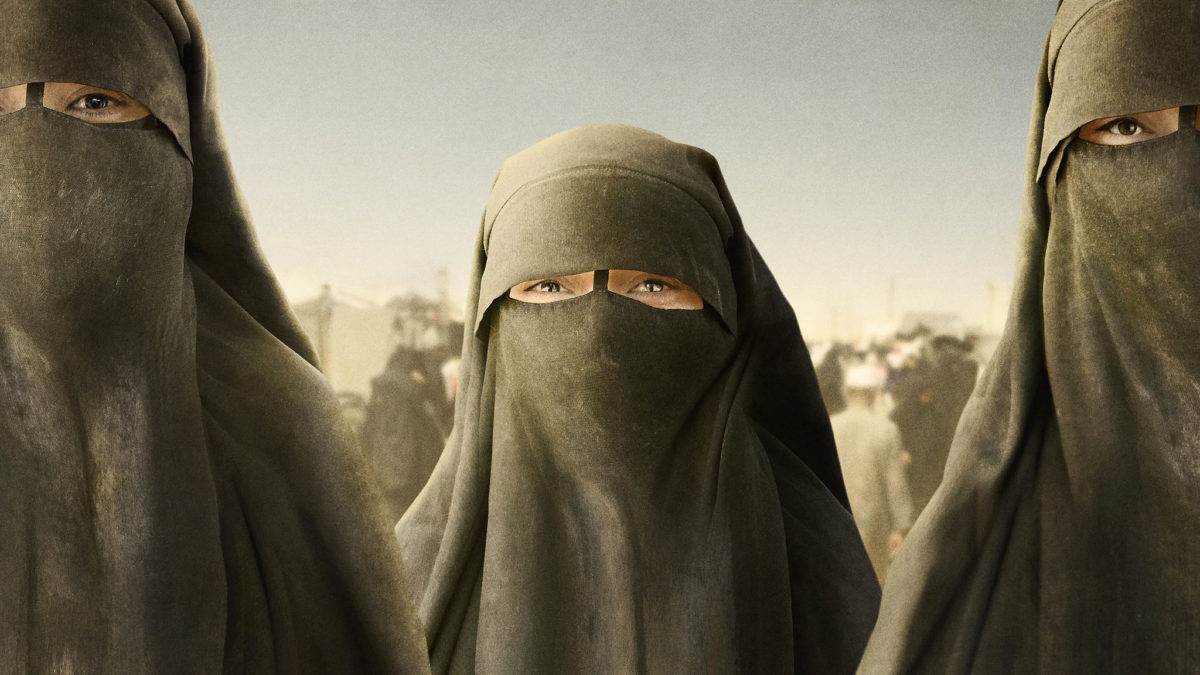
Tense and gripping, Hogir Hirori’s documentary Sabaya never positions itself as a thriller. There’s no need. Barring a few cards of scene-setting exposition, this vital dispatch embeds viewers with a rescue operation in the Middle East, and does so with a degree of first-person access that’s not just instantly bold: it’s nerve-janglingly scary. – Isaac F. (full review)
Summer of Soul (…Or, When The Revolution Could Not Be Televised) (Amir “Questlove” Thompson)

The biggest block party of 1969 took place over six weeks in central Harlem. Clustered together into the rocky confines of Mt. Morris Park (now Marcus Garvey Park), 300,000 people spent their summer grooving to a free outdoor concert series that featured some of the world’s best gospel, blues, and R&B singers alive. At the intersection of the country’s racial and social revolution, the “Harlem Cultural Festival” offered a cathartic and electric musical experience for those in attendance, combining song and spoken word that inspired and unified. It was also largely forgotten. Which makes Summer of Soul (…Or, When The Revolution Could Not Be Televised) both a documentary and a rectification of history. – Jake K. (full review)
The Witches of the Orient (Julien Faraut)

Never doubt a documentary filmmaker’s propensity to eke out the narrowest of niches. We’ve had films on spelling bees and İstanbullu kitties, but the latest comes to us from Japan, via France, and the story of the unlikely heroes of the 1964 Japanese Women’s Olympic volleyball team––and their still less likely second act in the world of anime. The Witches of the Orient offers some flare to go with that intriguing duality: a stylish structure in which footage of the team’s greatest feats are intercut with corresponding animations from the TV shows they later inspired. – Rory O. (full review)
The Two Sights (Joshua Bonnetta)

To quote Monty Python and the Holy Grail, for documentarian Joshua Bonnetta, the Scottish Outer Hebrides is something of a “very silly place.” This is not to denigrate the remote cluster of islands on Scotland’s northern tip, and its inhabitants––far from it. More that, when taken as a whole, Bonnetta has been able to uncover a vast cluster of eccentricity on these sparsely populated lands, where people can see, hear or intuit things others can’t, and then tell of it gladly. Empirical science would question this, of course, but Bonnetta’s interviewees seem to transcend that, and instead carry knowledge more common to the animist practices of early homo sapiens, or maybe another plane of human evolution altogether. To cite a timely cinematic reference point, the desired end-goal of the Bene Gesserit breeding project in Dune, is this ability to intuit the future––the cutting-edge of human evolution in author Frank Herbert’s computer-absent neo-feudal world. – David K. (full review)
The Velvet Underground (Todd Haynes)

If you told people in 1967 that Andy Warhol’s house band just released one of the most revered rock albums of all-time, they would ask what they’re called, and when you told them they would laugh. As far as the public was concerned, there were a hundred acts capable of that historical success in the ‘60s, and none were called the Velvet Underground (or Nico). To a certain extent they would be right. It would be another decade before the banana-adorned The Velvet Underground & Nico would have its pop cultural comeuppance and over half a century before the glam avant-garde group would receive definitive documentary treatment by one of the best living filmmakers. But as history and said doc have proven, we would have the last laugh in that exchange. – Luke H. (full review)
The Viewing Booth (Ra’anan Alexandrowicz)
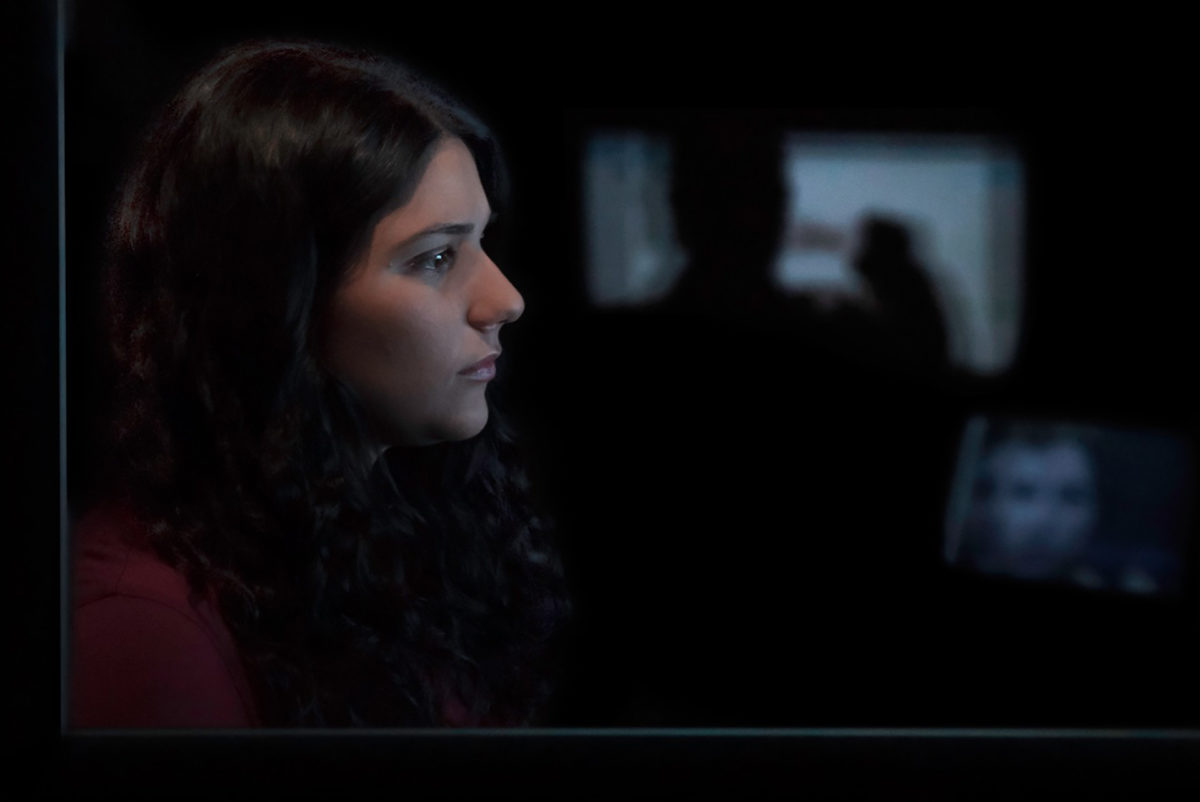
Reality has become an illusion. Look no further than Ra’anan Alexandrowicz’s latest documentary The Viewing Booth. He began it as an exercise to see how different people view the same non-fiction footage through their own personal lens of identity. He found seven students with an interest in Israel that were willing to be filmed while screening a selection of YouTube videos he hand-picked as representative of the conflict between Israelis and Palestinians where it concerns the occupied territories. Twenty were uploaded by sources with obvious pro-Israeli military ties and twenty others were uploaded by organizations like B’Tselem in pursuit of documenting human rights violations taking place in Jerusalem. How would these co-eds react to each? How would they be impacted by the content? Could their positions be shifted? – Jared M. (full review)
Honorable Mentions
- Acasa, My Home
- All About My Sisters
- Ascension
- Bring Your Own Brigade
- Enemies of the State
- In the Same Breath
- Listening to Kenny G
- Lost Course
- MLK/FBI
- The Most Beautiful Boy in the World
- North by Current
- Notturno
- President
- Searching for Mr. Rugoff
- A Shape of Things to Come
- Some Kind of Heaven
- The Sparks Brothers
- State Funeral
- Street Gang: How we Got to Sesame Street
- Swimming Out Till the Sea Turns Blue
- Val
- Wojnarowicz: F**k You F*ggot F**ker
- Woodlands Dark and Days Bewitched: A History of Folk Horror
- The Village Detective: a song cycle
